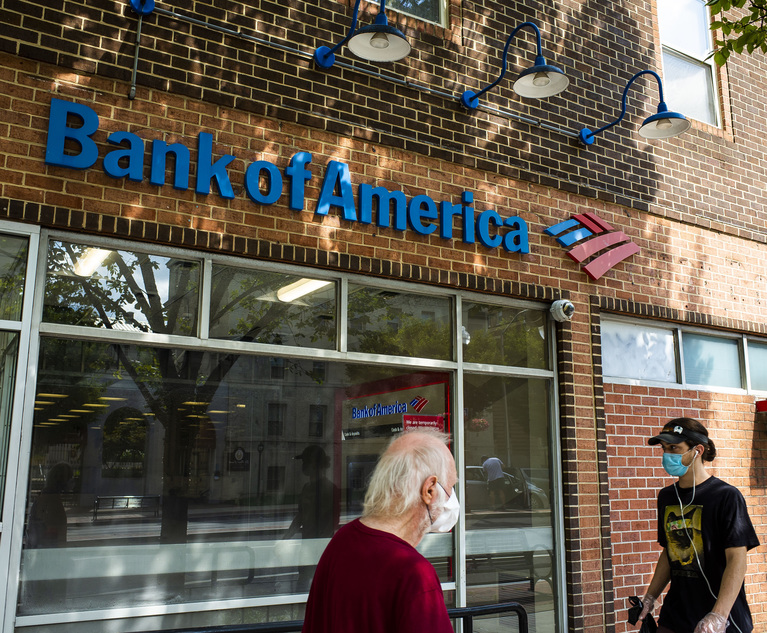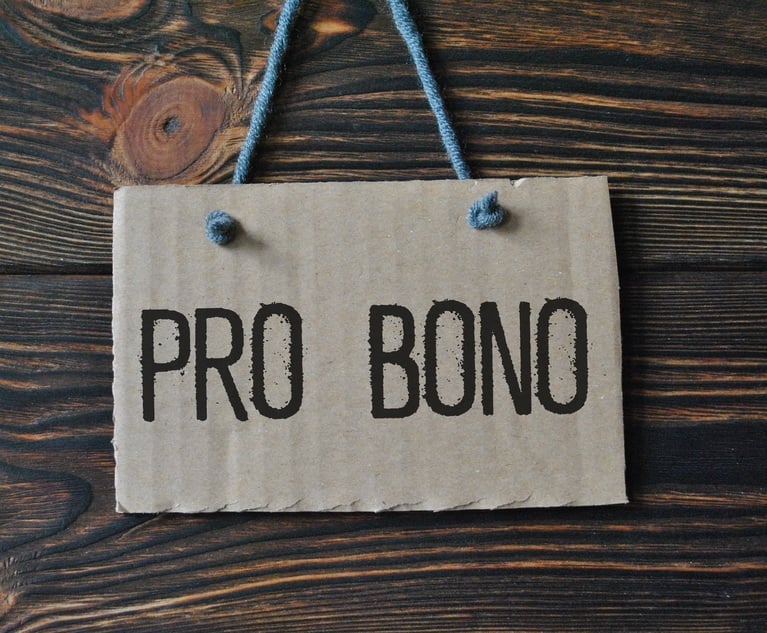The advent of “smart cities”—made possible by the burgeoning “Internet of Things” (IoT)—presents revolutionary opportunities for municipal planners and developers, and the private business enterprises partnering with them. Along with those opportunities, however, come new types of risks that should be taken into account by governments, businesses and affected interest groups.
By one estimate, the market value of investments in IoT tools and platforms to modernize cities around the world will exceed $2 trillion by 2025. See James Bourne, “Smart cities market value to hit $2 trillion by 2025, says Frost & Sullivan,” IoT news, (April 4, 2018)). Connected devices can improve traffic control by easing traffic flow through traffic signal controls and providing access to “smart parking.” Utilities can take advantage of remote sensors to measure and direct power flow and water usage, and can use motion sensors to provide “smart lighting.” Connected devices are available to signal when industrial and institutional waste receptacles are full and in need of collection, reducing waste management costs. Sensors in public works such as bridges can be used to detect stress issues, seismic activity and other public safety parameters. See Michael Miller, “The Internet of Things: How Smart TVs, Smart Cars, Smart Homes, and Smart Cities are Changing the World” 265-79 (2015). Not only can connected devices be used to improve public utilities and public works, but the measurements they provide can in turn be used to guide decisions about development and investment. See Steve Olenski, “The Dos and Don’ts of Building a Smart City,” Forbes, (Oct. 26, 2017). The result is better and more efficient management of traffic, public spaces, and public utilities, and more responsive policing and emergency services.


 Mark Raffman, Goodwin Procter partner (Photo: Courtesy photo)
Mark Raffman, Goodwin Procter partner (Photo: Courtesy photo)




